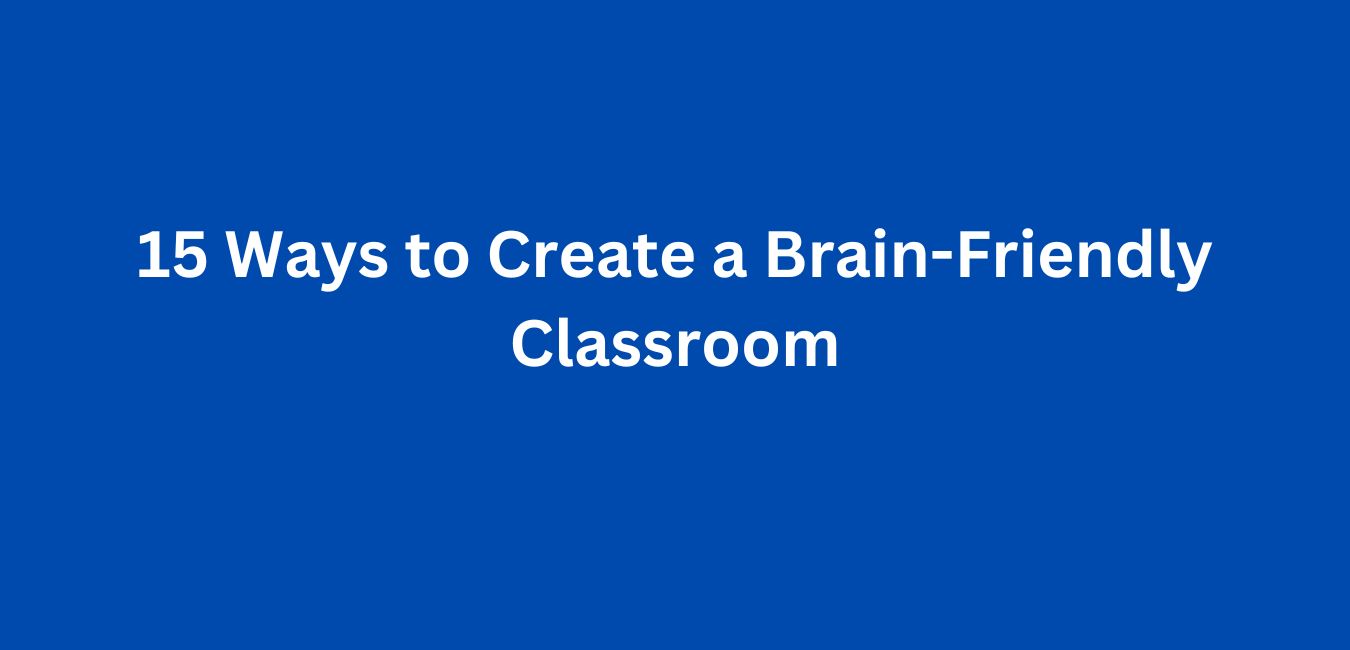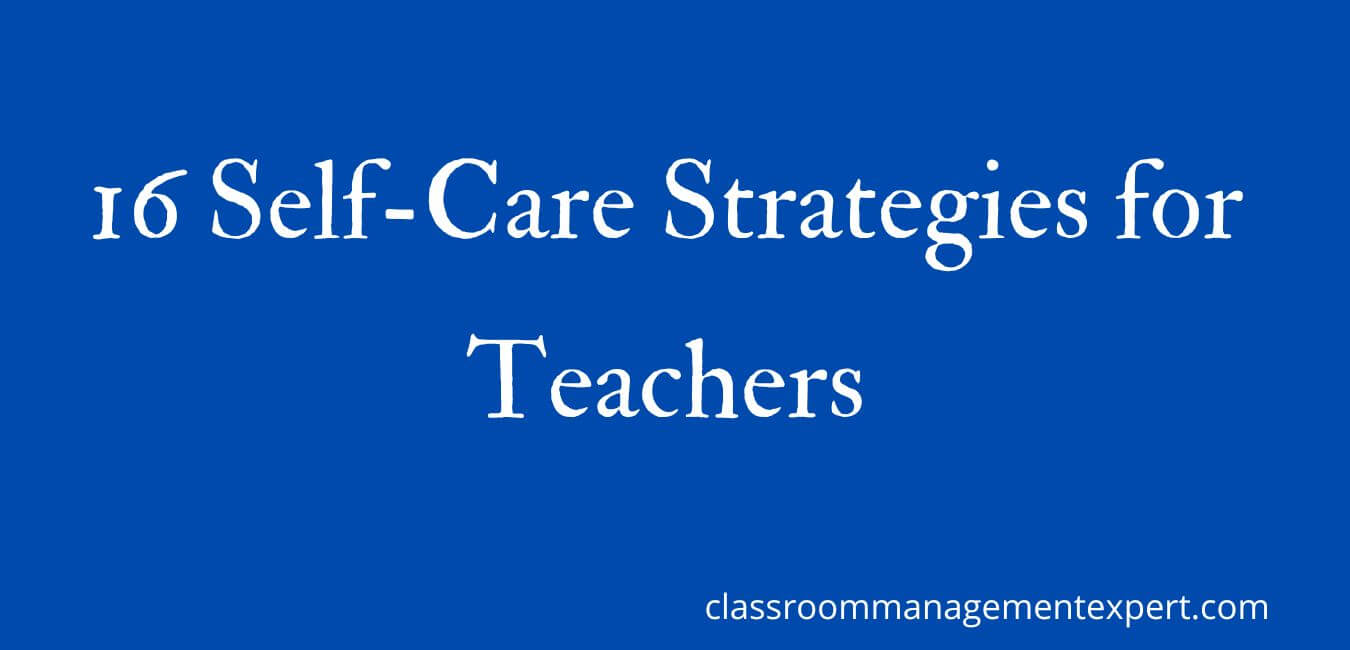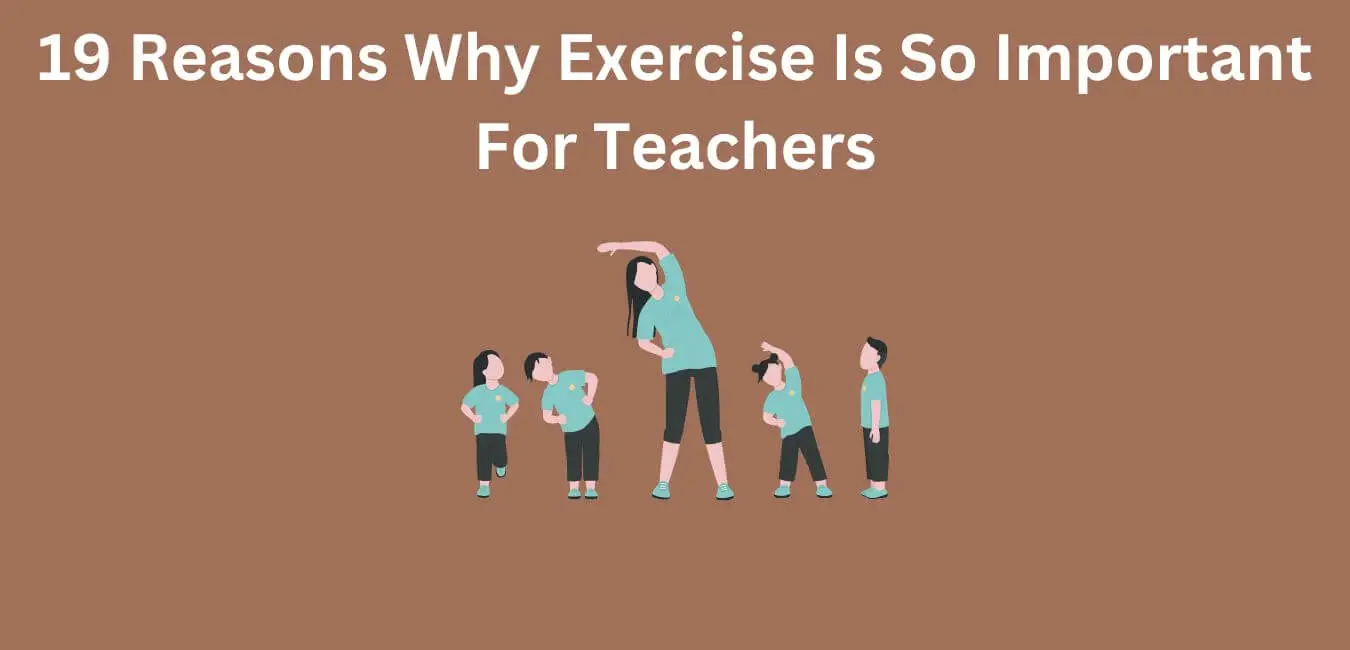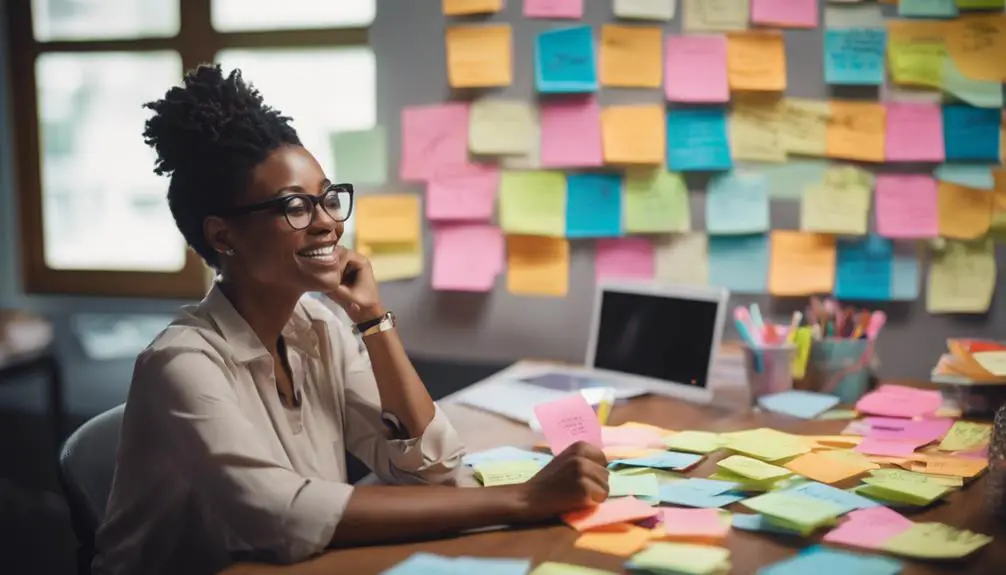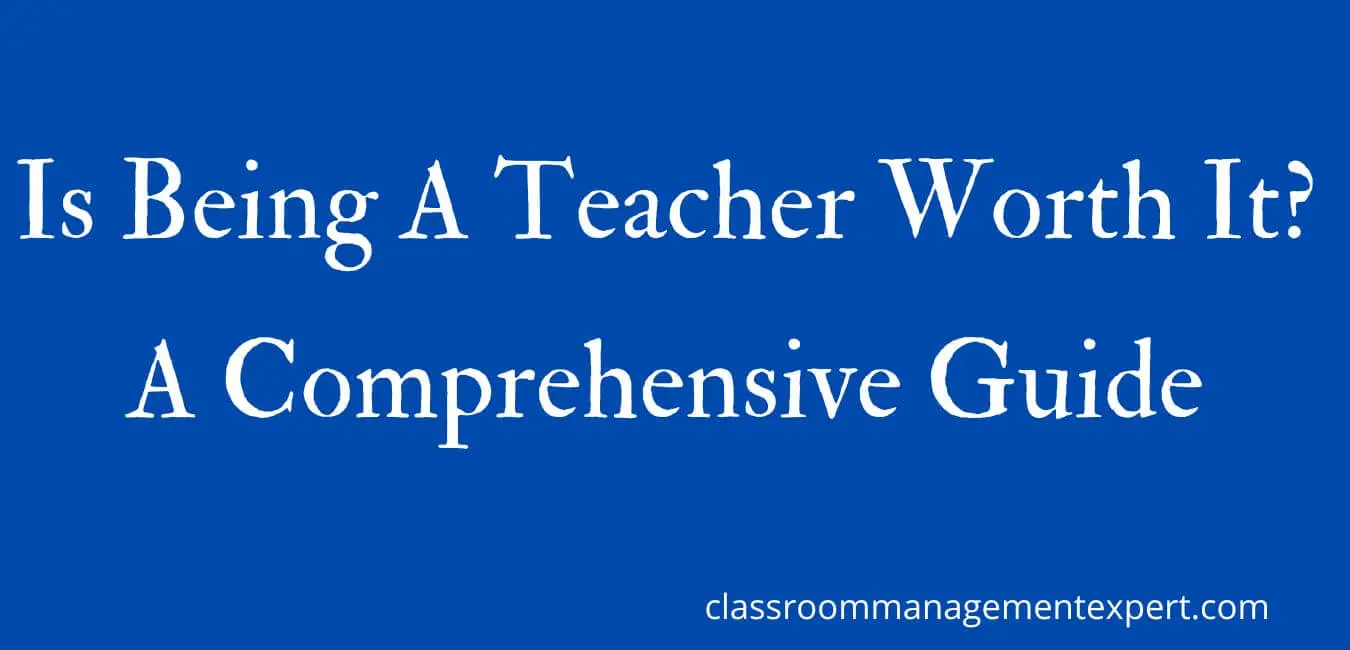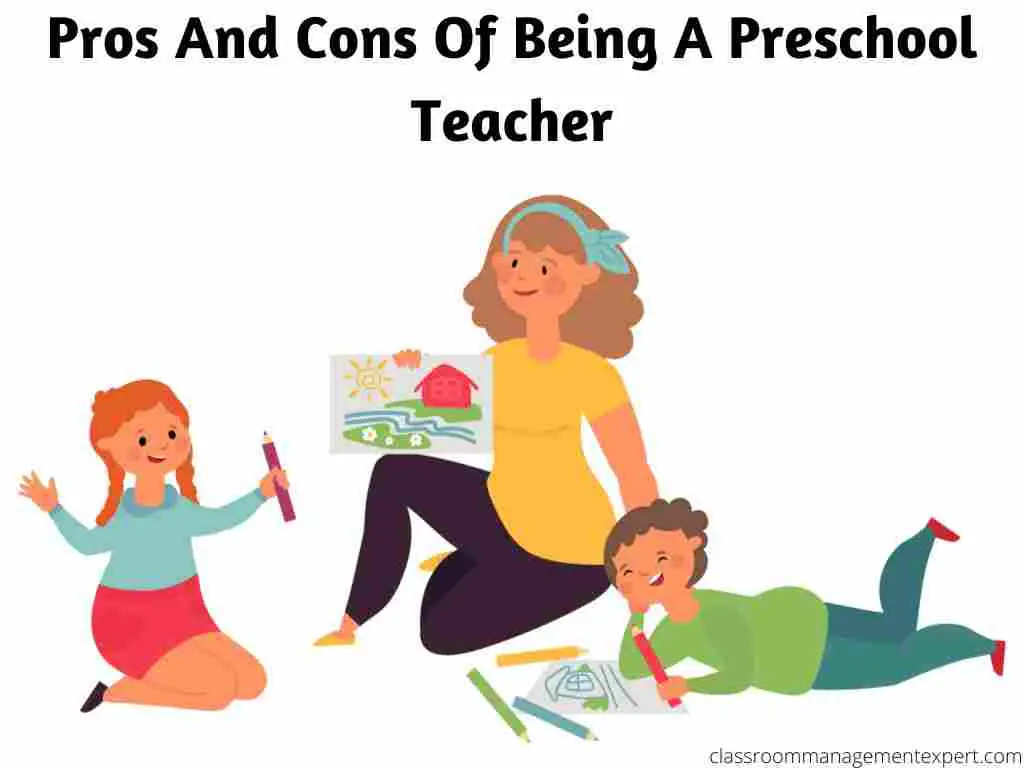To establish a classroom that supports optimal brain function, begin by defining clear and relevant objectives that tie learning to real-world applications.
Implement engaging routines to cultivate a positive atmosphere. Provide a variety of activities to accommodate different learning preferences and empower students to make choices.
Foster a culture of inquiry-based learning to encourage independence and critical thinking skills. Teach students how to organize information effectively to enhance their understanding.
Collaborative projects can enhance communication abilities, while multimedia resources cater to diverse learning styles. Allocate time for reflection to deepen comprehension.
These strategies form a solid foundation for a stimulating educational experience where curiosity and knowledge acquisition thrive together.
Ways to create a brain-friendly classroom
Establish Clear Objectives and Relevance
Start by making learning goals clear and relevant to students’ lives. Connecting new information to real-world applications helps students see the value in what they are learning.
To establish clear objectives and relevance in the classroom, it’s crucial to ensure that learning goals are explicitly linked to students’ lives, demonstrating the practical value of the new information. Engaging students is key, and one effective approach is connecting the curriculum to real-world applications. This connection allows students to see firsthand how what they’re learning directly relates to their lives beyond the classroom.
Not only does this deepen their comprehension, but it also cultivates a sense of purpose and drive. When learning goals are meaningful and tied to real-life situations, students are more likely to be enthusiastic and actively participate. Recognizing the significance of learning becomes evident when students can apply the knowledge and skills they acquire to practical scenarios.
Therefore, it’s essential to ensure classroom relevance by aligning learning objectives with students’ experiences and the world around them for a successful and fulfilling educational journey.
Initiate Engaging Class Rituals
Begin each session with a warm greeting or an engaging ritual to set a positive and welcoming tone. This approach can help students feel comfortable and ready to learn.
At the beginning of each session, engaging class rituals can set a positive and welcoming tone, ensuring students are ready to learn. Icebreaker activities are a great way to start the day, encouraging interaction and creating a comfortable atmosphere.
Including a brief mindfulness practice in the morning routine can help students focus and center themselves. Team building exercises promote collaboration and unity among classmates, fostering a supportive learning environment.
Quick dance breaks or fun games can boost energy levels and enthusiasm for the upcoming lesson. These engaging rituals help students feel valued, connected, and eager to participate in the learning process.
Offer Diverse Activities
Provide a variety of activities that cater to different learning styles and encourage active participation. Including opportunities for choice empowers students and taps into their curiosity.
Incorporating a variety of activities that cater to different learning styles and encourage active participation is crucial for empowering students and sparking their curiosity. Offering a range of activities creates a classroom environment where students can engage in ways that personally resonate with them, fostering a sense of ownership over their learning experience.
Empowering students to make choices is a key aspect of this approach. When students can select activities that align with their interests and preferred learning styles, they’re more likely to feel motivated and curious about the subject matter. Providing real-world relevance and clear goals for each activity enhances student engagement and comprehension.
Establishing engaging rituals can set a positive tone for these activities, creating a welcoming atmosphere for students to explore new concepts comfortably. Encouraging independence and critical thinking through a variety of activities helps students develop essential skills for lifelong learning and problem-solving.
By offering diverse activities that cater to different learning styles and empower students to make choices, we can create a classroom environment that nurtures curiosity and active participation.
Emphasize Discovery Learning
Encouraging students to investigate and uncover new concepts independently nurtures critical thinking skills and fosters a sense of autonomy. This approach promotes a discovery mindset, where students actively engage with the material to gain a deeper understanding of the subject matter.
Allowing students the freedom to explore on their own helps them develop crucial critical thinking skills necessary for their academic and personal development.
When students have the chance for independent exploration, they take charge of their learning, enhancing their grasp of the material and sparking curiosity and a love for learning.
It’s vital for educators to create an environment that supports and motivates students to think independently, ask questions, and seek answers autonomously.
Emphasizing discovery learning empowers students to be active participants in their education, equipping them for success in various aspects of their lives.
Teach Organizational Skills
Show students how to organize and integrate new information with what they already know. This helps in creating a structured understanding of the subject matter.
To cultivate a structured comprehension of the subject matter, students can greatly benefit from mastering the art of organizing and merging new information with their existing knowledge.
This practice enhances memory retention, strengthens cognitive links, aids in synthesizing information, fosters conceptual grasp, and promotes seamless integration of knowledge.
Educators can empower students by imparting organizational skills, enabling them to establish meaningful connections among various pieces of information, leading to a more coherent understanding of the material.
The advantages of teaching organizational skills in enhancing students’ learning experience are as follows:
- Improved Memory Retention
- Strengthened Cognitive Connections
- Enhanced Information Synthesis
- Facilitated Conceptual Understanding
Use Analogies and Metaphors
Employ analogies to draw comparisons between new concepts and familiar ideas. This can make complex subjects more accessible.
When incorporating analogies and metaphors into teaching, one can witness firsthand the impact on students’ comprehension. Witnessing the spark of understanding in their eyes when a challenging concept is explained through a relatable comparison is truly rewarding.
These creative teaching methods not only help with knowledge retention but also cultivate a deeper appreciation for the subject matter. Crafting accessible analogies and relatable metaphors is an art that aims to make learning a transformative and enjoyable experience for students.
Imagine standing in front of a mirror, trying to unravel a complex idea. Now, let’s delve into how analogies and metaphors can simplify this process.
By exploring creative connections and providing familiar comparisons, educators can enhance conceptual clarity and make learning more engaging.
Accessible analogies act as bridges between abstract theories and practical applications, helping students grasp challenging topics more easily.
Relatable metaphors, on the other hand, serve as powerful tools in simplifying complex information, enabling learners to connect new ideas to familiar experiences.
In this exploration, it becomes evident that analogies and metaphors play a crucial role in simplifying complex subjects. By delving into relatable comparisons and creative connections, educators can enhance students’ understanding and make learning more accessible and enjoyable.
Promote Hands-On Learning
Give students chances to learn by doing. Whether it’s through experiments, building models, or drawing diagrams, engaging in active learning can reinforce understanding and retention.
Engaging students in hands-on learning activities, like conducting experiments, building models, and creating diagrams, is a potent way to enhance their understanding and retention of concepts.
Through active exploration, students can actively participate in their learning, leading to a deeper comprehension of the material.
Interactive experiments ignite curiosity and involvement, making learning more enjoyable and memorable. Model-building offers a concrete representation of abstract ideas, helping students visualize and internalize complex concepts.
Diagram drawing prompts students to organize information spatially, aiding in comprehension and memory retention. Reinforcing active learning through these methods not only improves academic performance but also nurtures critical thinking and problem-solving skills. Incorporating hands-on learning opportunities into the classroom creates a dynamic environment where students thrive and excel.
Hands-On Learning Activities and Their Benefits:
- Experiments: Spark curiosity and engagement.
- Model Building: Visual depiction of concepts.
- Diagram Drawing: Spatial arrangement of information.
Facilitate Better Attention
Grab students’ attention with an element of surprise or anticipation, like a fun sound or a teaser about the upcoming lesson. This primes their engagement with the material.
Starting a lesson with an unexpected sound or a mysterious teaser can capture students’ attention and get them excited for what’s to come. This element of surprise sparks curiosity and encourages students to dive deeper into the topic at hand.
Brainstorming techniques promote active participation, while interactive games foster collaboration and critical thinking skills. Creative prompts and thought-provoking questions challenge students to think deeply and express their ideas in unique ways.
Incorporating captivating visuals not only enhances understanding but also makes the learning experience more engaging and memorable.
To kick off our exploration, let’s imagine a scenario where you’re faced with a new challenge. As we delve into the lesson, let’s uncover the mysteries and intricacies of the topic together. Let’s embark on this journey of discovery and learning by immersing ourselves in the content.
Create Creative Spaces
Designate special areas in the classroom to inspire creative activities such as writing, drawing, or painting. These spaces create a dynamic environment that nurtures creativity and allows for self-expression.
For instance, you can set up a doodle zone, a writing retreat, or a paintbrush paradise to give students the chance to explore their artistic ideas. These designated spots offer a haven where students can unleash their imagination and communicate freely.
When students have specific areas dedicated to these activities, they feel encouraged to tap into their creative abilities, which can enhance their cognitive skills and boost their overall mood.
A creative setting not only stimulates the mind but also encourages individuality and self-expression. Students thrive in environments that support experimentation, risk-taking, and the showcasing of their unique talents.
Whether it’s a cozy writing retreat adorned with inspiring quotes or a colorful paintbrush paradise stocked with art supplies, these areas become hubs for innovation and originality.
Embracing creativity in the classroom fosters a culture of curiosity and exploration, empowering students to think innovatively and embrace their artistic side. By providing designated spaces for creative pursuits, educators can cultivate an environment where students feel inspired to think outside the box and express their creativity freely.
Get to Know Your Students
Implement activities such as ‘About Me’ forms to learn about students’ interests and aspirations. This helps tailor the learning experience to their passions and goals.
Let’s shift our focus to better understanding our students by using activities like ‘About Me’ forms to uncover their interests and aspirations.
Personalized learning is crucial for creating an engaging classroom that caters to each student’s unique needs. Understanding student interests helps educators design lessons that resonate with learners, making the educational experience more relevant and enjoyable.
Exploring aspirations is key to guiding students toward their goals and dreams. Tailoring experiences based on students’ passions and aspirations can ignite a love for learning and motivate them to excel.
Education driven by passion fosters a sense of purpose and fulfillment in students, helping them connect their academic pursuits to personal interests and long-term objectives.
Foster Positive Relationships
Develop a classroom atmosphere based on respect and positive relationships. A safe and supportive environment without sarcasm or negativity allows students to take risks and engage fully
Establishing a classroom environment grounded in respect and positive connections fosters a safe and supportive space for students to engage fully and take risks. Trust is fundamental in creating an atmosphere where students feel emotionally supported, enabling them to connect with their peers and the subject matter. Positive interactions and respectful communication are vital elements that shape a culture in which students can thrive.
Promoting relationships among students and between students and teachers encourages deeper engagement and comprehension. When sarcasm and negativity are absent, students are more likely to express themselves freely and explore new concepts. This atmosphere of positivity not only enhances academic performance but also nurtures a sense of belonging and well-being.
Implement Collaborative Learning
Encourage teamwork through group projects or problem-solving activities. Collaboration can enhance communication skills and deepen learning.
Encouraging teamwork through group projects or problem-solving tasks creates an environment that enhances communication skills and enriches learning in the classroom. The dynamics of teamwork are crucial in fostering a collaborative learning setting that benefits all students.
Engaging in group projects helps students learn to collaborate effectively, appreciate diverse viewpoints, and work together towards common objectives. This cultivates a sense of unity and belonging among students, enhancing their overall learning experience.
- Improves problem-solving skills: Collaborative activities challenge students to think critically, evaluate various perspectives, and devise innovative solutions to obstacles.
- Enhances communication skills: Group work prompts students to express their thoughts clearly, actively listen to others, and participate in meaningful discussions.
- Deepens comprehension: Collaborative learning enables students to construct knowledge collectively, leading to a profound understanding of the subject matter.
- Advantages of collaborative learning: Students learn not only from their educators but also from one another, creating a supportive learning community where everyone can thrive.
Embed Formative Assessments
Use informal assessments regularly to gauge understanding and provide feedback. This helps in adjusting teaching strategies and supports learning
Regularly incorporating formative assessments in the classroom is crucial for understanding, feedback, and adjusting teaching strategies to support student learning. Peer assessment enables students to evaluate each other’s work, fostering collaboration and a deeper grasp of the material.
Interactive quizzes engage students actively in learning, helping to pinpoint areas needing further clarification. Concept mapping visually organizes information, aiding students in connecting ideas and grasping complex concepts more effectively.
Encouraging students to discuss their thoughts with a partner through think pair share promotes communication skills and critical thinking. Exit tickets offer a quick snapshot of student comprehension at the end of a lesson, guiding adjustments for future instruction.
Integrate Multimedia Tools
Utilize multimedia tools like videos, music, or interactive software to diversify learning stimuli and enhance student engagement while catering to various learning preferences. By incorporating these tools, we can create a dynamic and immersive learning environment that meets the diverse needs of our students.
- Engaging Simulations: Engage students in interactive simulations for hands-on learning experiences that allow them to explore concepts practically and engagingly.
- Visual Storytelling: Use visual storytelling techniques to present information in a compelling and memorable manner, making complex topics more accessible and easier to understand.
- Musical Integration: Incorporate music into lessons to stimulate creativity, enhance mood, and provide a multisensory learning experience that appeals to auditory learners.
- Virtual Field Trips: Take students on virtual journeys to different parts of the world or even outer space, offering immersive experiences that bring learning to life.
Allow For Reflection Time
Give students time to reflect on what they have learned. Reflection encourages deeper thinking and consolidates knowledge
Reflection time following learning sessions is essential for enhancing students’ comprehension and consolidating their knowledge. Engaging in introspection helps students process information more deeply and establish connections between new concepts and their existing understanding. Allocating time for reflection empowers students to reinforce key points in their memory, ultimately improving their grasp of the material.
Incorporating moments of reflection into the classroom routine nurtures critical thinking skills. By pondering the content covered, students can analyze diverse perspectives, assess the significance of the information, and independently draw inferences. This practice cultivates profound insights and encourages students to move beyond superficial comprehension.
Conclusion
In summary, it’s essential to establish a classroom that’s conducive to optimal student learning.
Incorporating strategies such as setting clear objectives, implementing engaging routines, offering diverse activities, and promoting collaborative learning can create an environment that supports student development and participation.
While some may argue that these methods require additional time and effort, the benefits of increased student motivation and understanding far outweigh any initial challenges.
Let’s work together to build a classroom where every student can thrive.

